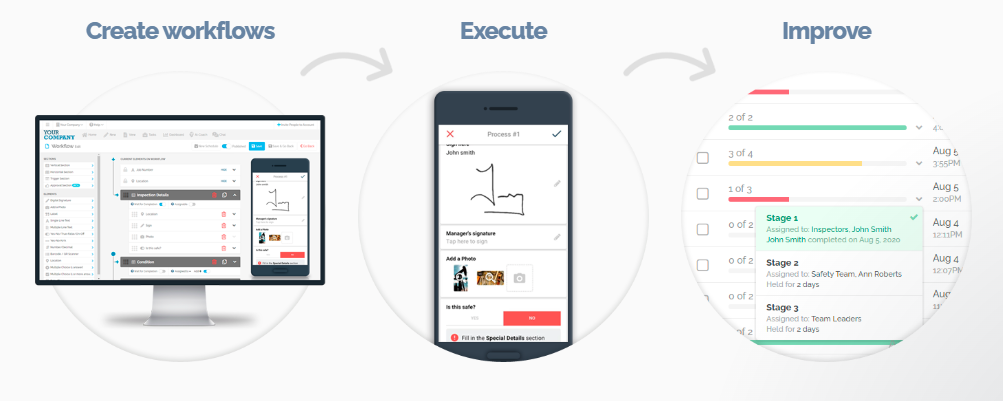As the world becomes more conscious of its energy consumption, the role of maintenance in energy efficiency has become increasingly significant. In this context, FAT FINGER, a digital workflow procedure builder, is empowering front-line teams to do their work correctly every time, thereby enhancing energy efficiency.
This article explores the impact of maintenance on energy efficiency and how FAT FINGER can help you achieve operational excellence. Request a demo to see how FAT FINGER can revolutionize your maintenance procedures.
The Role of Maintenance in Energy Efficiency
Maintenance plays a crucial role in energy efficiency. Regular maintenance ensures that equipment and systems operate at their peak efficiency, reducing energy consumption and costs. Conversely, poorly maintained equipment can consume up to 60% more energy than well-maintained ones.
Preventive Maintenance and Energy Efficiency
Preventive maintenance is a proactive approach that involves regular inspections and maintenance to prevent equipment failures. This approach not only extends the lifespan of equipment but also improves energy efficiency. For instance, regular cleaning and replacement of air filters in HVAC systems can reduce energy consumption by 5-15%.
Predictive Maintenance and Energy Efficiency
Predictive maintenance involves monitoring equipment performance in real-time to predict potential failures. This approach allows for timely maintenance, preventing energy wastage due to equipment inefficiency. A study by the Electric Power Research Institute found that predictive maintenance could reduce maintenance costs by 25-30%, increase equipment lifespan by 20-40%, and reduce downtime by 35-45%.
How FAT FINGER Enhances Maintenance and Energy Efficiency

FAT FINGER empowers teams to build digital workflow procedures that unlock operational excellence. With FAT FINGER, you can build powerful checklists to boost operational efficiency, including:
- Material Inspection
- Quality Control
- Shift Handover
- Facility Inspection
- Line Changeover
- Electronic Field Ticket
These checklists ensure that maintenance tasks are performed correctly and timely, thereby enhancing energy efficiency. For instance, a facility inspection checklist can help identify energy inefficiencies in the facility, such as leaks or insulation issues, and address them promptly.
Case Study: FAT FINGER and Energy Efficiency
A manufacturing company used FAT FINGER to digitize their maintenance procedures. The company reported a 20% reduction in energy consumption within six months. The company attributed this reduction to the improved maintenance practices enabled by FAT FINGER, such as timely replacement of worn-out parts and real-time monitoring of equipment performance.
Conclusion
Maintenance plays a crucial role in energy efficiency. Regular and timely maintenance ensures that equipment and systems operate at their peak efficiency, reducing energy consumption and costs. FAT FINGER empowers teams to build digital workflow procedures that ensure maintenance tasks are performed correctly and timely, thereby enhancing energy efficiency. Build a safety checklist with FAT FINGER today and unlock operational excellence in your facility.
Discover how regular maintenance can significantly improve energy efficiency. Learn more about the impact and benefits of maintenance on energy efficiency. Don’t wait, start optimizing your energy use today. Visit FAT FINGER for more information.


